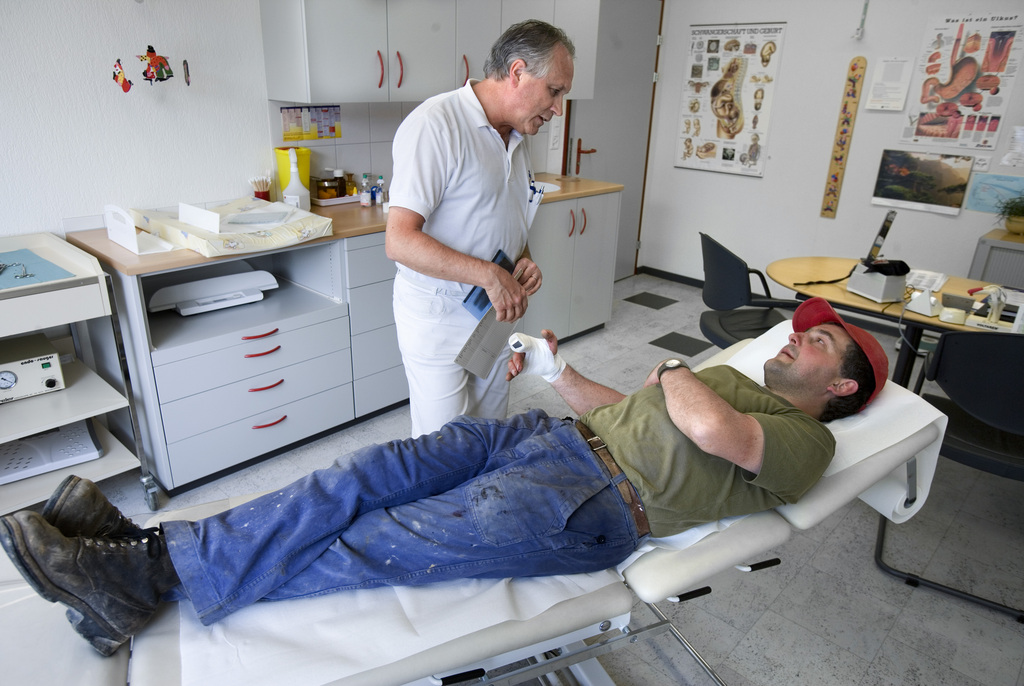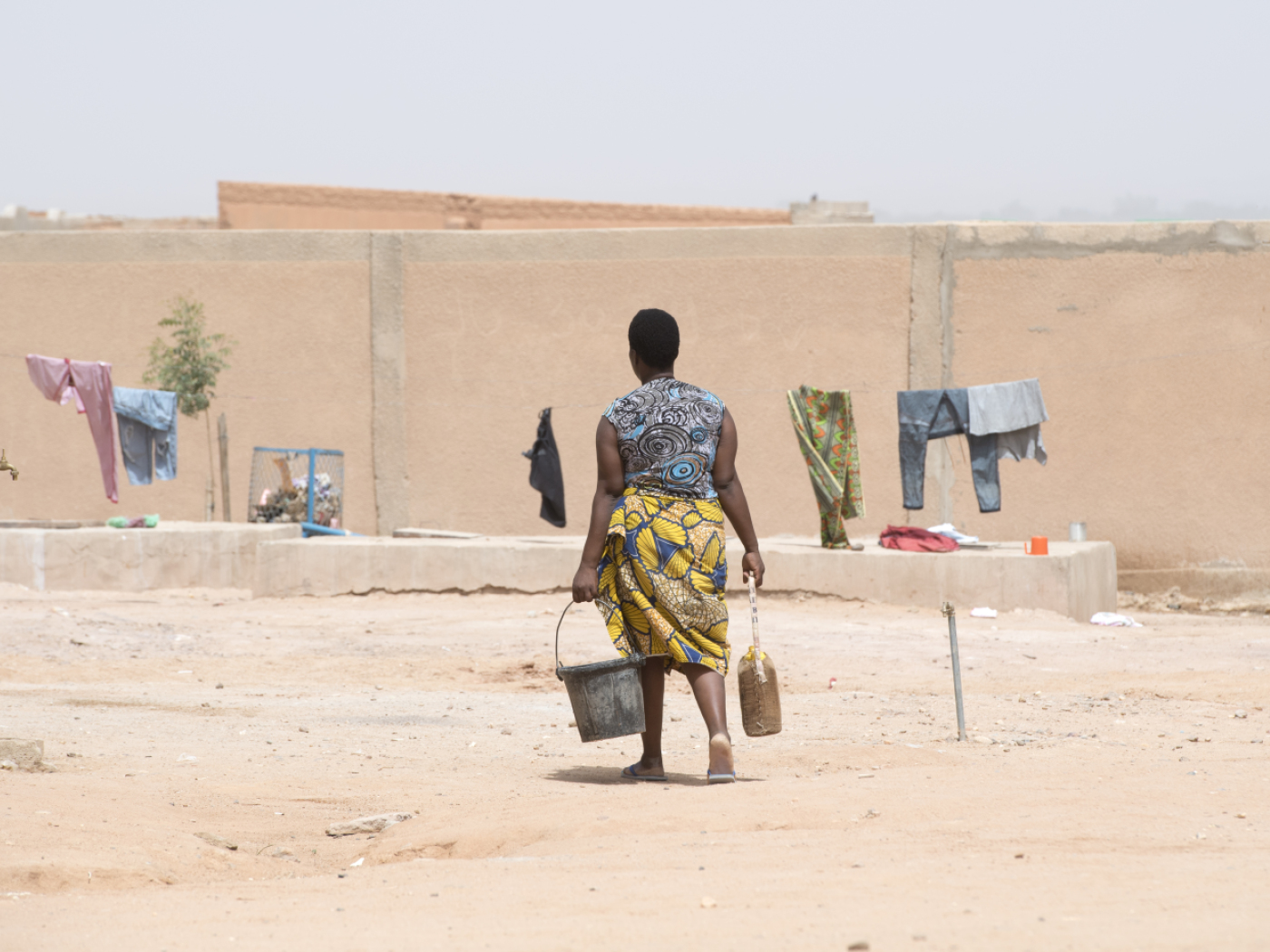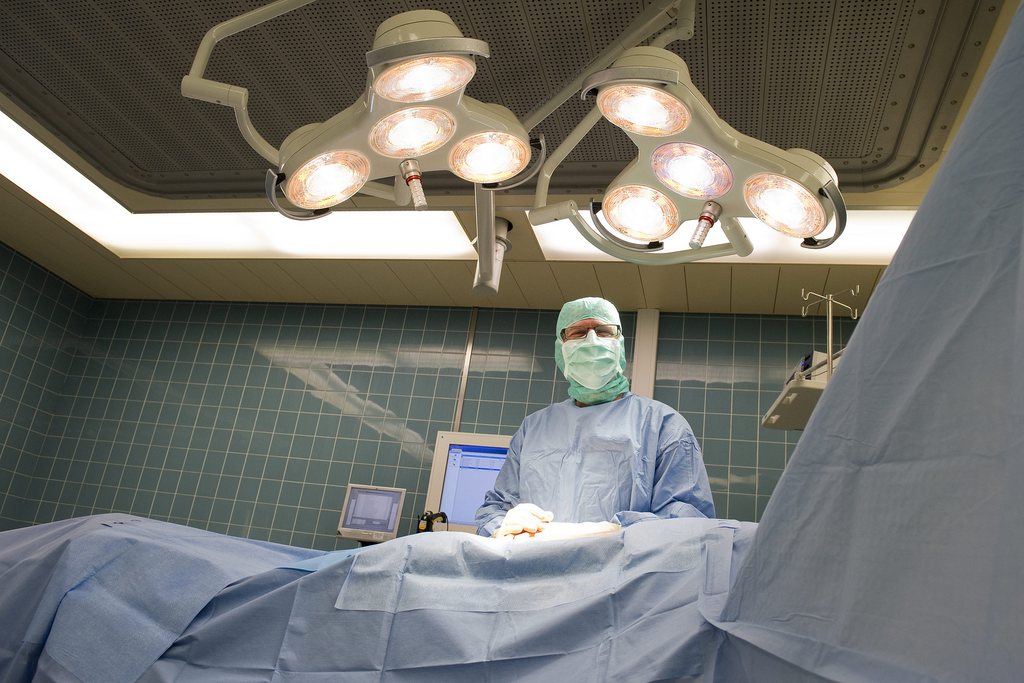Swiss medicine under the knife again

Too many doctors in the cities, too few in the countryside. Too many specialists, too few generalists. The distribution of doctors no longer meets the country’s needs. The government is currently examining proposals to redress this imbalance.
Superficially, Switzerland seems to be in an enviable position. With a density of 3.8 doctors per 1,000 inhabitants, it ranks ninth in the world for access to medical care, according to an Organisation for Economic Co-operation and Development (OECD) study from 2009.
But although Switzerland holds up well in international comparisons, a closer look shows a not so rosy picture.
A Swiss Health Observatory (Obsan) investigation of medical personnel in 2011 revealed disturbing trends in the distribution of doctors between cantons, as well as between hospitals and practices (see graphic). In the absence of targeted measures, this imbalance will intensify in coming years, the study predicts.
Doctors storm borders
After a nine-year moratorium on the opening of new specialist practices was lifted at the beginning of the year, applications for the register number needed for reimbursement by health insurers skyrocketed. Between January 1 and September 30, the authorities received 1,542 requests from specialists. That was 794 more than in 2011, confirming the prognoses.
General practitioners had been excluded from the moratorium.
“The biggest problem is not necessarily the large number of new medical practices, but that they are not being opened where they are needed,” said Anne Durrer, spokeswoman for Santésuisse, the association of Swiss health insurers. “On the contrary, they establish themselves where there are already a lot of practices.”
The largest proportion of applications stems from five cantons: Zurich (329), Geneva (212), Bern (159), Ticino (138) and Vaud (129) – locales already saturated with specialist practices. In contrast, far fewer inquiries came from less well-served cantons such as Jura, which had only eight requests.
Adding to the problem, the proportion of applications from specialists and generalists is also out of sync. Durrer said only about a quarter of the applications came from generalists; yet there is a dearth of paediatricians, general practitioners, and doctors practising internal medicine.
In contrast, applications from psychiatrists (247) are particularly high.
But these numbers do not say it all. “It is difficult to ascertain whether a particular area has a shortage or overabundance of coverage and to make comparisons without knowing what percentage the doctors work,” said Marcel Widmer, an Obsan researcher. In Switzerland, it is common for professionals to work part-time.
“In order to make exact comparisons, gauge tendencies, and make credible prognoses, you need to use full-time numbers,” he said. However, this data is currently incomplete. Research is underway to close the data gap so that more accurate comparisons can be drawn next year.
It is also not known how many of the doctors who have filed applications have already opened new practices. Santésuisse has not yet done a global estimation. But in the Italian-speaking canton of Ticino, the figures have been checked, said Durrer.
“Between January and June, 70 new register numbers were handed out, and by the end of August, 43 of these doctors had begun to submit invoices for reimbursement.”
This is equivalent to a quota of 61 per cent. However, the Santésuisse spokeswoman said this is still not a definitive evaluation. “You have to reckon with three to six months between the first application and the start of professional activity.”
Spectre of exploding costs
But authorities and health insurers are already alarmed. They expect an explosion in costs due to the increase in specialist practices. Past studies have demonstrated a correlation between the number of certain specialists and the consumption of medical services, explained Durrer.
This is an understandable concern, all the more so given that in 2011 each doctor’s practice received on average SFr360,480 ($386,350) in medical services reimbursements from health insurers, with total costs exceeding SFr6.73 billion.
It is still too early to assess if costs have effectively risen.
“In order to measure the full influence, a period of at least a year or more has to elapse, which is the time frame needed to build a steady clientele,” according to Durrer.
New moratorium
Even though the exact details are not yet known, these general tendencies have pushed the federal government to take urgent action. Beginning on April 1, 2013, the government will implement the necessary measures within a maximum of three years.
The cabinet, which steers Swiss policy, has recommended that parliament reintroduce the moratorium on new specialist practices for a further three years only, excepting emergencies. This is seen as a provisional phase that would allow a “deep reflection over the direction of outpatient services”, according to Interior Minister Alain Berset, who is in charge of the Swiss health portfolio.
The cabinet would like parliament to propose an appropriate template “by the end of 2013 or at the latest the beginning of 2014”. But the diverse actors in the health care field have contradictory interests. Each will attempt to steer policy in a direction to their liking. Thus it will be difficult to find a solution that satisfies a solid majority.
When the first so-called “doctor stop” was introduced in 2002, the moratorium was described at that time already as a provisional solution that would allow a restructuring of health politics. Since then it has been extended twice, without deep-seated reforms being implemented.
The stage is set for intense struggles between the diverse actors in the field of health care. Up to now, the proposals that were not rejected by parliament were cast out by Swiss voters at the ballot box.
The change in the medical landscape in Switzerland has different causes. The most important is the insufficient number of Swiss medical school graduates, which is too low to offset the generational change.
With 9.4 medical school graduates per 100,000 inhabitants, Switzerland is below the OECD countries’ average of 9.9. All of their neighbouring countries, with the exception of France, have outstripped them.
The statistics are even worse when taking into account that the numbers of new doctors is too low to replace retiring doctors, especially as many younger doctors prefer part-time work. This is particularly pronounced in the case of women, who since 2000 have made up the majority of medical students and whose proportion of the doctors’ ranks continues to rise.
According to Swiss Medical Association statistics, women made up 36.7% of all doctors in Switzerland in 2011. In the under-34 age group, they constitute a majority.
Further grounds for the increase in specialists and decrease in other areas are the high salaries, more regular hours, and greater prestige of specialists. There is an acute shortage of general practitioners in particular.
(Translated from German by Kathleen Peters)

In compliance with the JTI standards
More: SWI swissinfo.ch certified by the Journalism Trust Initiative













You can find an overview of ongoing debates with our journalists here . Please join us!
If you want to start a conversation about a topic raised in this article or want to report factual errors, email us at english@swissinfo.ch.